How to Cook Roast Beef – All the Juicy Details
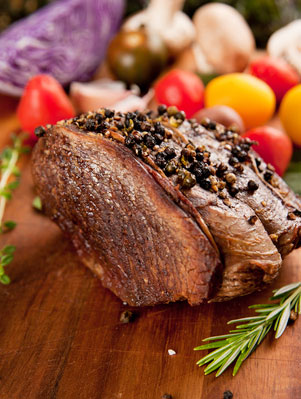
Knowing how to cook roast beef is a skill that is definitely worth mastering and can be your best friend.
Have friends coming over for dinner and don’t know what to cook? A standing rib roast can look spectacular and will definitely impress.
Learning how to cook roast beef is not terribly difficult, particularly when you follow our handy tips and guide.
What are the best cuts, how long should it cook for, how do I know when it’s cooked. All this and more is revealed.
Get to Know your Beef Cuts
Roasting is a dry heat cooking method where the meat is cook uncovered in a shallow pan until browned on the outside and juicy on the inside. Some cuts are definitely more suited to roasting than others but because it is dry roasted, it is definitely better to use the more tender cuts of beef.
Meat cooked on the bone is always the best choice for roasting. It results in very tender, tasty meat due to the natural juices in the bone. But of course it’s the most expensive and probably best reserved for special occasions.
But there are other, less expensive cuts that are also suitable:
Standing rib roast – succulent and flavorsome
Topside – good value
Rib eye/scotch fillet – juice and tasty
Rump – great all-rounder
Eye round – good everyday beef roast
Sirloin – good beefy flavour and succulent
Eye fillet / tenderloin – tender, milder in flavour and juicy
What are the different methods of roasting
There are two methods for roasting beef. Both methods produce good results.
Method 1
The joint is seared at a high temperature and then the heat is reduced for the remainder of the cooking time.
Method 2
The joint is roasted at a constant temperature throughout.
Cooking Times for Roast Beef
These are the roasting times for beef cooked at 180°C / 350°F.
| Rare | 20 minutes per 1 lb (450g) + 20 minutes extra) |
| Medium | 25 minutes per 1 lb (450g) + 25 minutes extra) |
| Well Done | 30 minutes per 1 lb (450g) + 30 minutes extra |
How to Cook Perfect Roast Beef
Step 1
Preheat the oven to the desired temperature. Rub the joint with oil and season with salt and pepper or use a herb or spice rub for extra flavour.
Step 2
Place the meat fat side up on a rack in a shallow roasting dish.
Step 3
Cook your roast according to the cooking times. Check for doneness just before the estimated cooking time (so it doesn’t overcook). Use tongs to test if the roast is done. Gently prod or squeeze it – If it is rare the meat will be soft when pressed, medium is springy and well done is very firm.
Step 4
Transfer the cooked meat to a carving tray and leave to rest for 10 – 15 minutes before carving. Meat continues to cook in its own retained heat for 5 – 10 minutes after being removed from the oven. Leaving your roast to rest before serving allows the juices to redistribute throughout the meat and be reabsorbed so that when the meat is carved less juices are lost. This makes your meat juicy and tender. Cover it loosely with foil. Wrapping it tightly with foil makes the meat sweat and you will lose all that valuable moisture you’ve worked so hard to retain.
How long should the meat rest
A roast should be rested for at least 10 minutes, and up to 20 minutes. A good rule of thumb is 1 minute resting time for every 3 ½ oz / 100 g of meat.
How to Test for Doneness
Cooking times given in recipes are a guide only. There are many things which can affect cooking times, such as the shape and cut of the meat. Added to this is the fact that everyone’s oven is different. So it’s essential to test your meat to see if it’s cooked.
The most reliable method is with a meat thermometer. Insert the thermometer into the center of the joint keeping it away from bones. The recommended temperatures for beef are as follows:
| Rare | 125 – 130°F (52 – 54°C) |
| Medium-rare | 135°F (57°C) |
| Medium | 140 – 145°F (60 – 63°C) |
| Well Done | 160°F (71°C) |
If you don’t have a meat thermometer, another easy method is to stick a skewer into the middle of the joint. If the juices run clear it’s well done. Pink means it’s medium and red means it’s rare.
Tips for the Perfect Roast
Beef should be at room temperature for roasting. Remove from the fridge 20 minutes before cooking.
Roast on a rack in a roasting pan that is just a little larger than the joint. The rack keeps the meat above the juices and allows the heat to circulate around the meat. Without a rack the base of the joint would stew and not become crisp.
Roasting time will depend on the cut and size of your piece of beef. If you don’t know the weight of your beef, you will need to weigh it.
Base the meat occasionally with pan juices or a little stock as it cooks.
When carving, use a carving fork to steady the roast rather than pierce it. Most beef roasts are best carved into thin slices. The exception is rib eye or scotch fillet, which is best sliced more thickly.

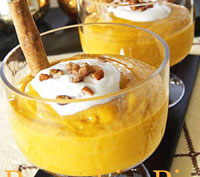
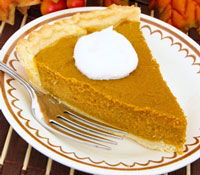
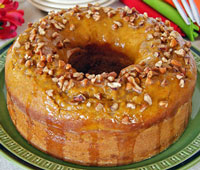
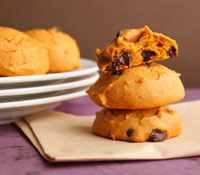

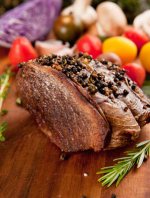
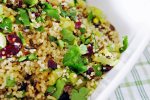
New! Comments
Have your say about what you just read! Leave me a comment in the box below.